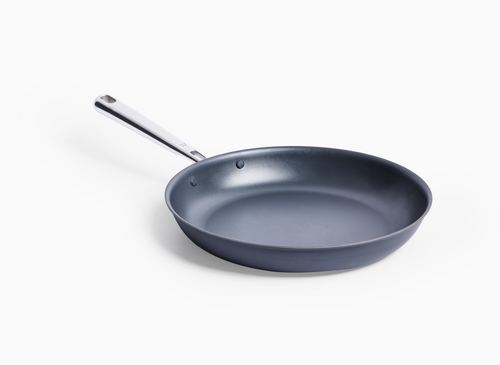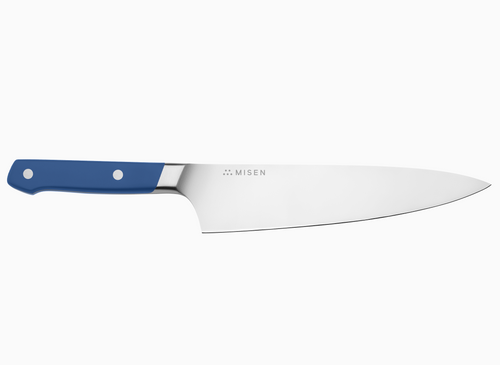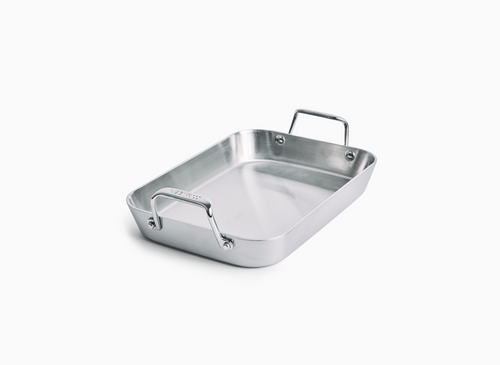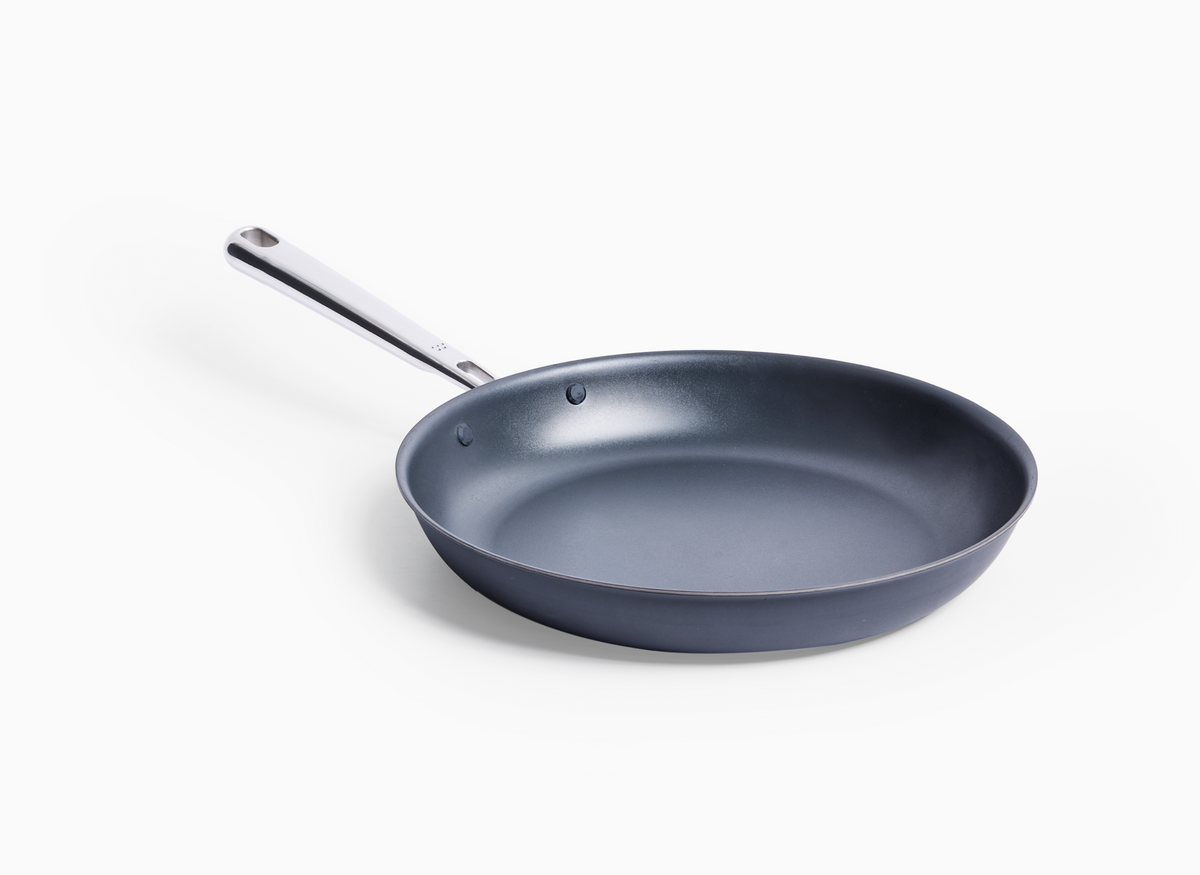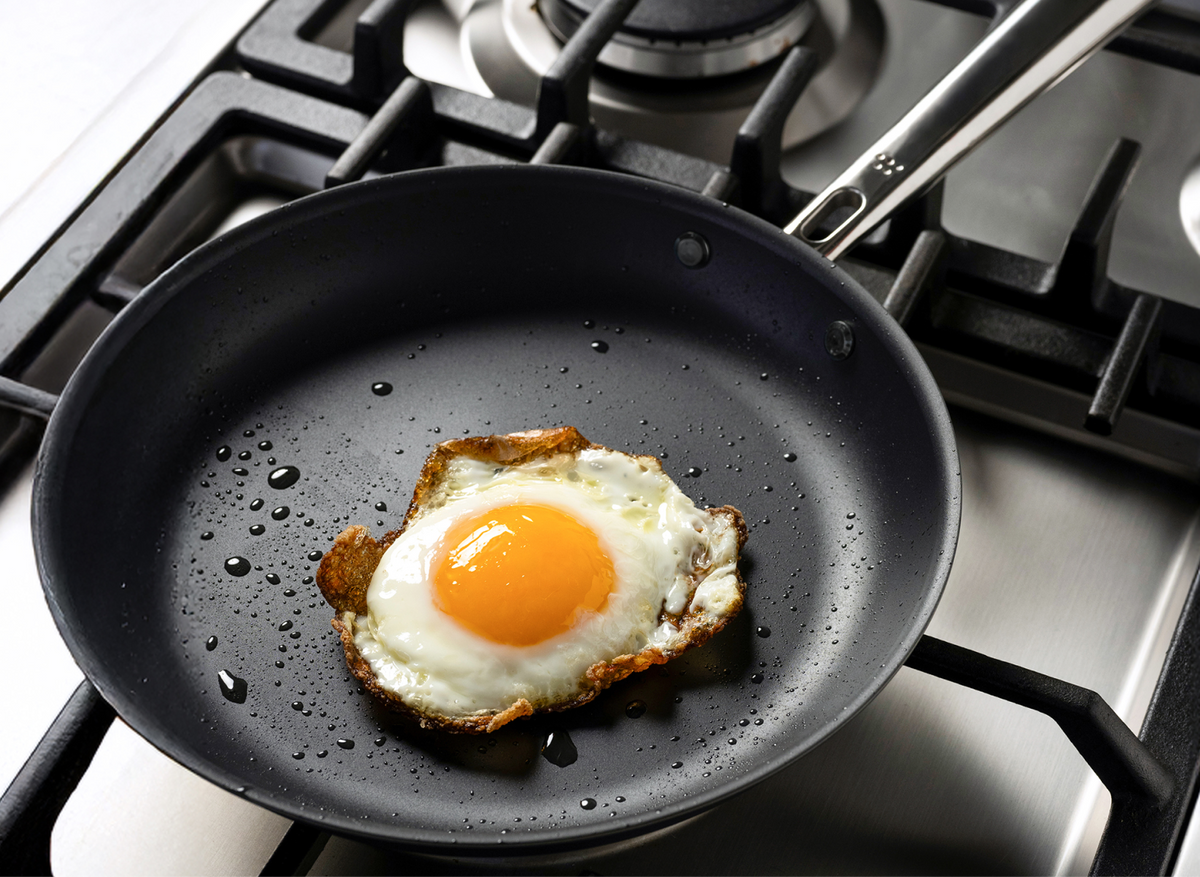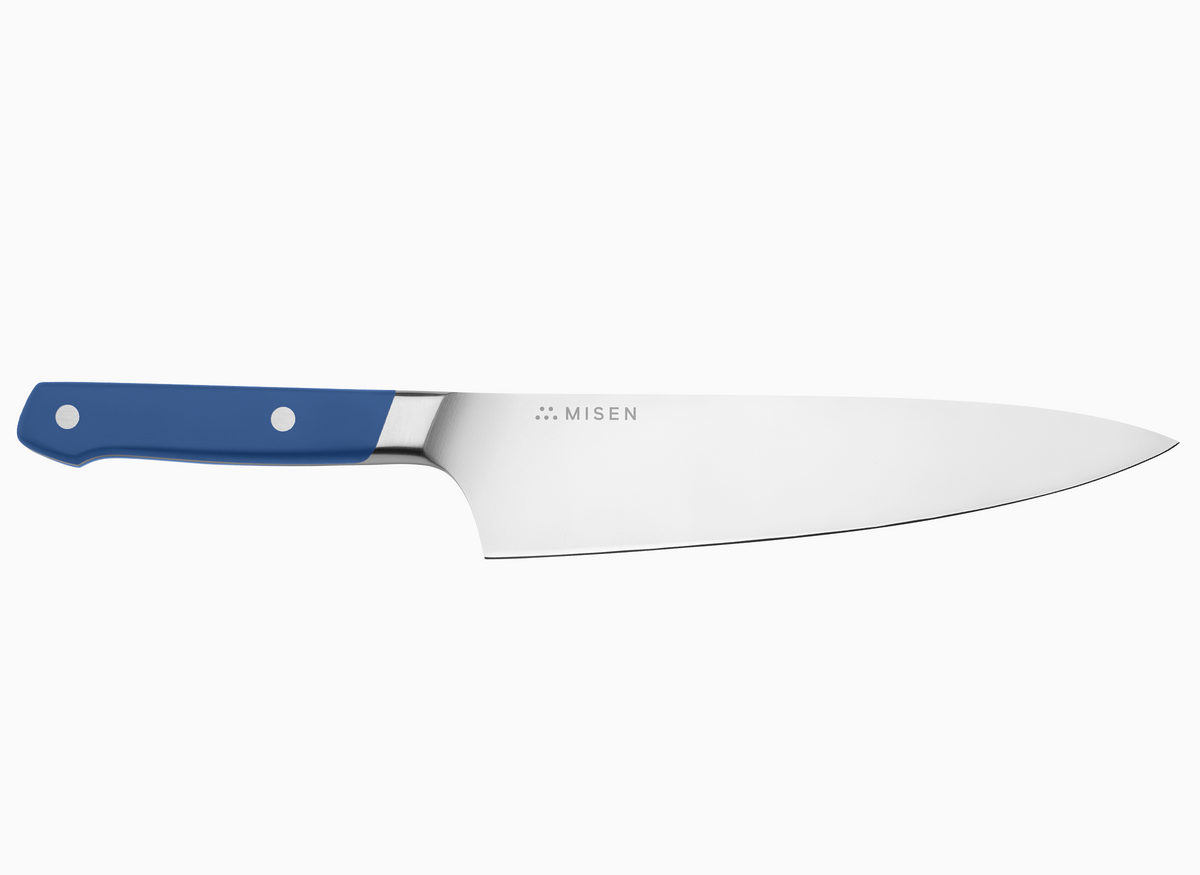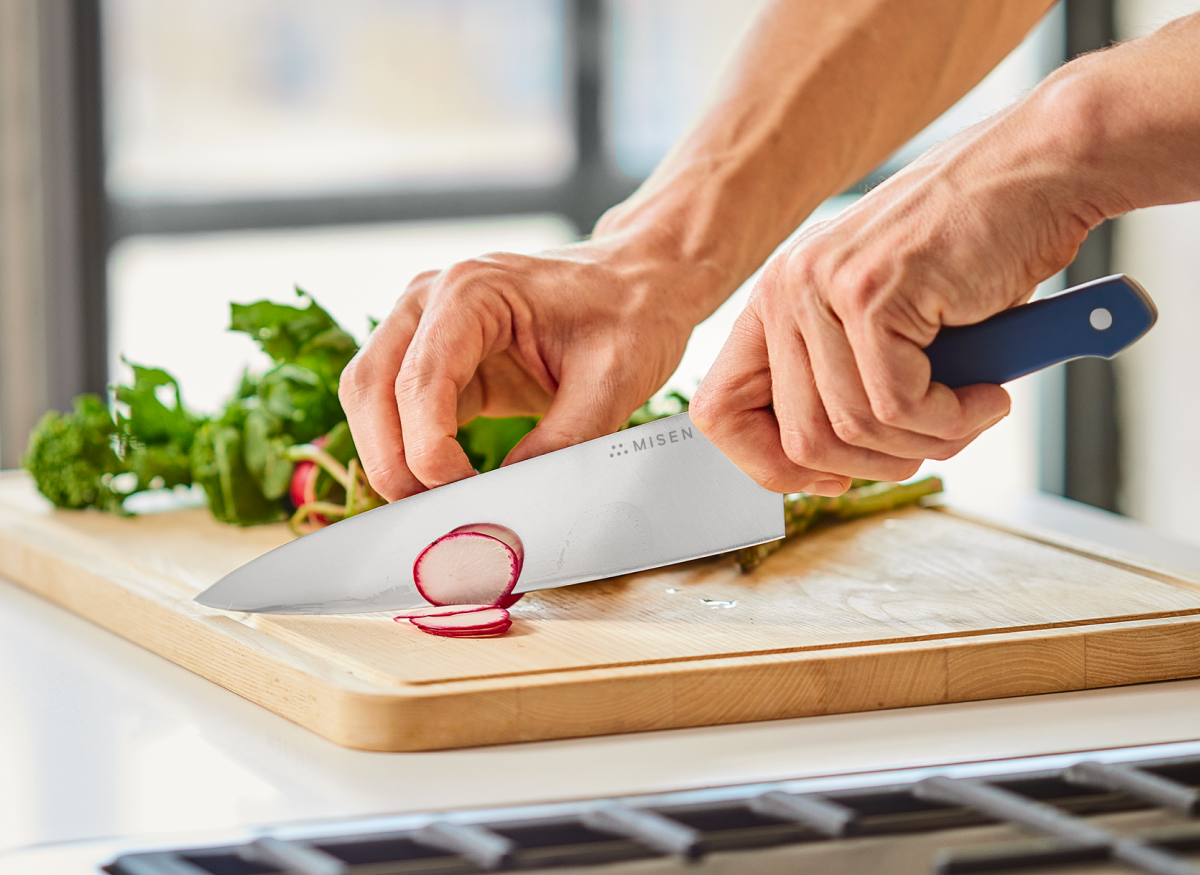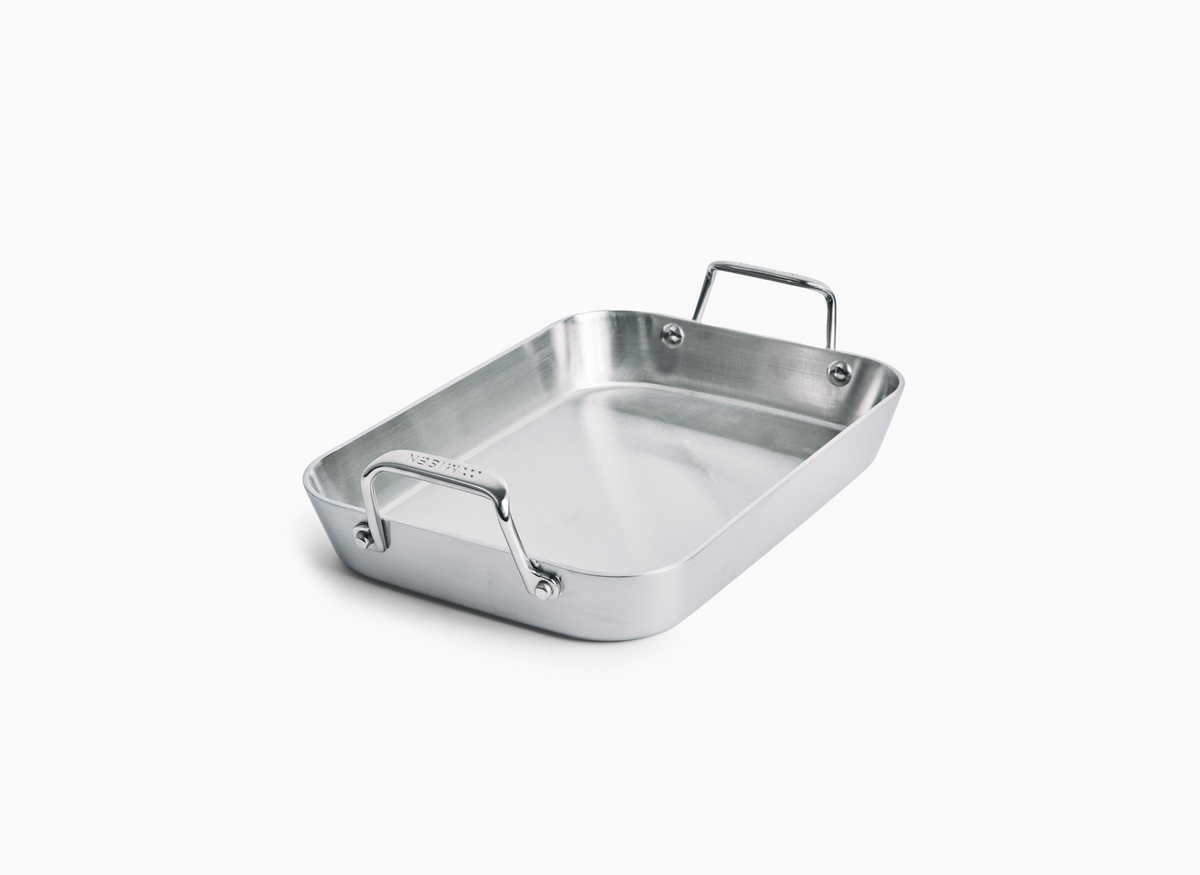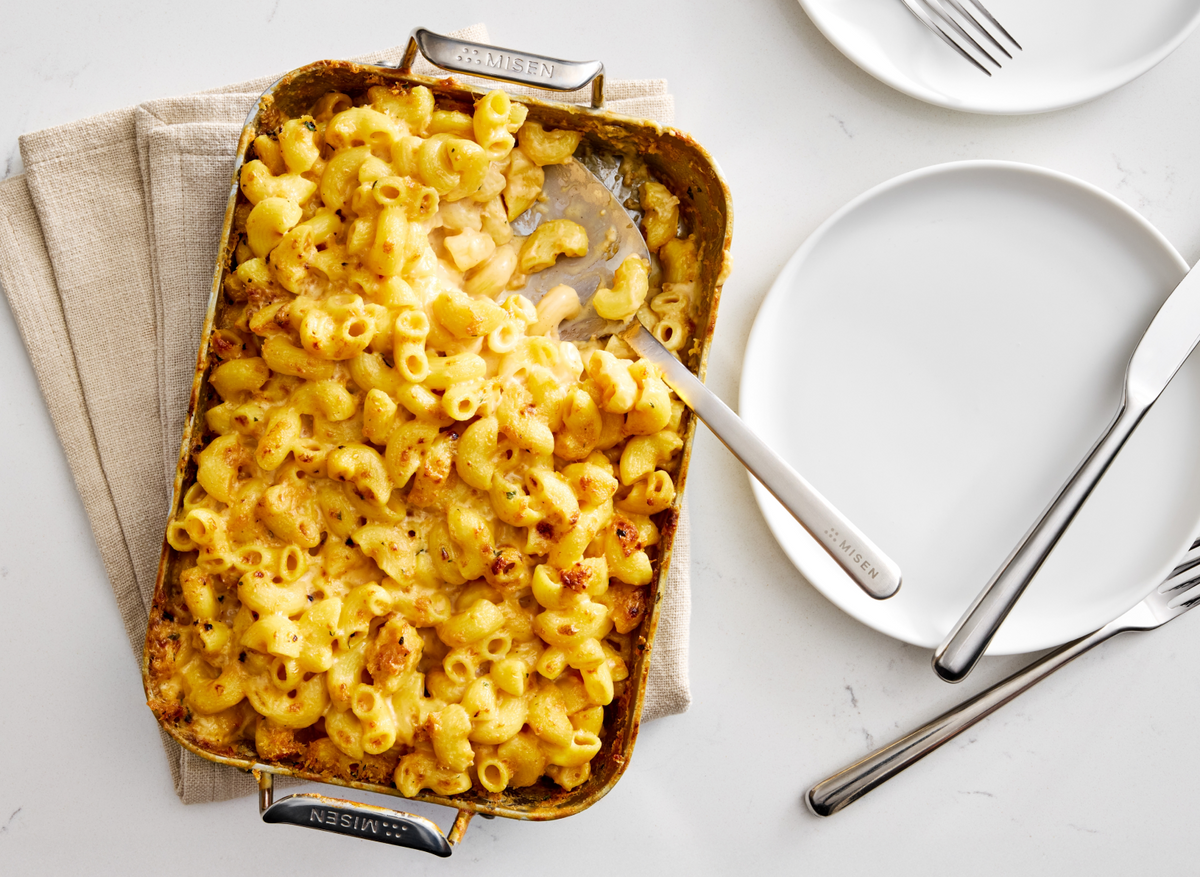Exploring acuto 440 steel properties: composition, hardness & strength
Exploring acuto 440 steel properties: composition, hardness & strength
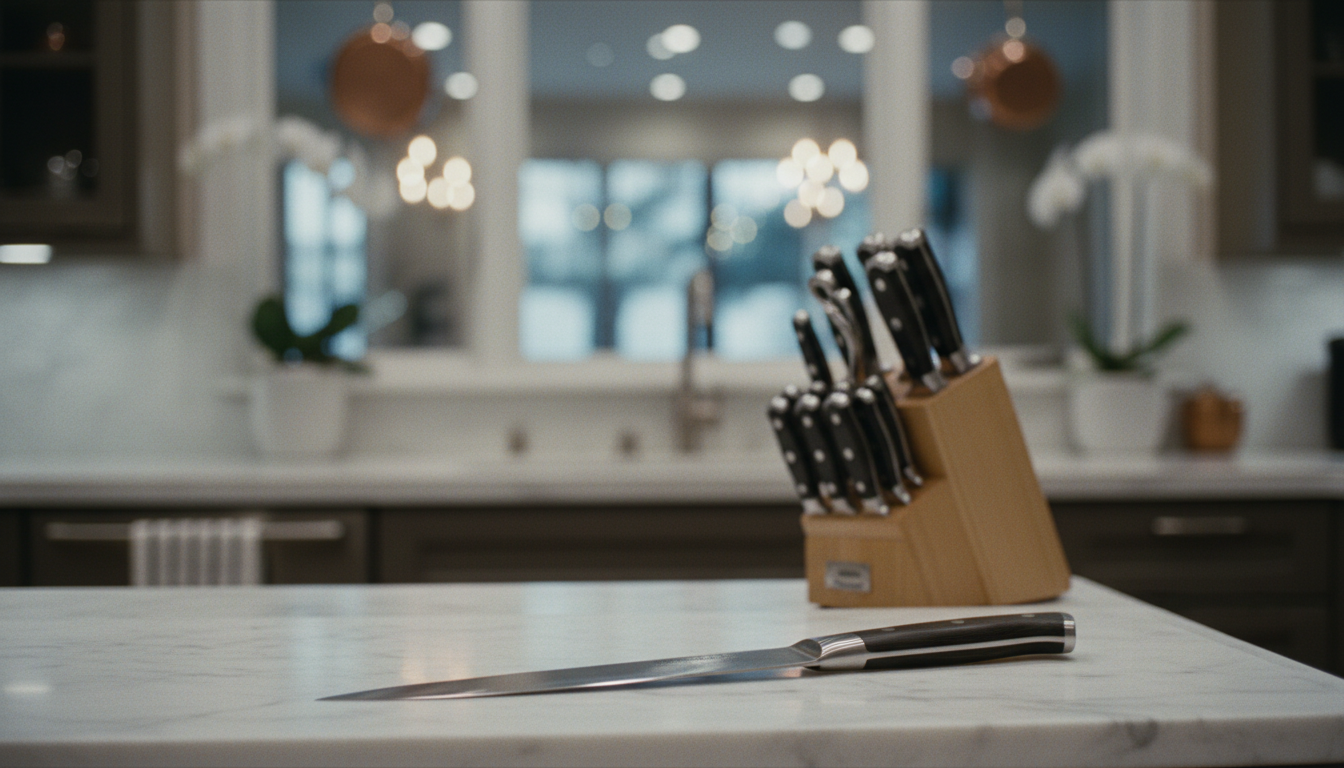
Introduction
The Evolution of Premium Knife Steels
Knife steel has come a long way over the past century, and understanding this evolution helps you appreciate what makes modern steels special. The story starts with Sweden's iron production heritage, where facilities like Högbo Bruk pioneered techniques that still influence steelmaking today [1]. Things really took off in the 1970s when manufacturers began creating stainless steel grades specifically designed for knives and cutting tools [1]. Instead of just making steel harder or more stain-resistant, metallurgists learned to balance multiple properties - creating steels that hold an edge well, resist corrosion, and stay tough enough for daily use [1]. Today's advancements focus on ultra-fine carbide distribution, which basically means the hard particles in the steel are smaller and more evenly spread out, giving you better edge retention and toughness [1]. This ongoing refinement means we now have specialized steels perfectly suited for different tasks, whether you're prepping dinner or carrying a pocket knife [1].
Origins of ACUTO 440 Steel
ACUTO 440 represents a thoughtful evolution in Japanese knife steel, developed by Aichi Steel Corporation to meet the needs of modern knife makers and users. The story begins with Aichi Steel's founding principle that quality steel is the foundation for quality products [4]. As detailed in the next section, this philosophy drove their innovations in stainless steel production and ultimately led to ACUTO 440's development through their partnership with Aichi Techno Metal Fukaumi [4]. What makes ACUTO 440 interesting is how it bridges the gap between traditional stainless steels and more exotic options, offering solid performance at a reasonable price point.
Why Properties Matter in Performance Cutlery
Understanding how steel properties affect real-world performance helps you choose the right knife for your needs. It's not just about edge retention - the interplay between hardness, toughness, and edge geometry determines how well a knife actually cuts and holds up over time. Here's what matters: harder steel generally stays sharp longer but can be more brittle, creating a practical tradeoff [5]. Testing reveals just how important edge angle is - a knife at 61 Rc hardness with a 25-degree edge barely shows damage from a 2 ft-lb impact, but sharpen that same steel to 15 degrees and it chips catastrophically at just 1.4 ft-lbs [5]. This shows why the angle you sharpen your kitchen knives matters as much as the steel itself. Beyond hardness, the steel's internal structure affects performance too. Some steels packed with super-hard carbides might ace laboratory wear tests but chip and lose their edge faster in real kitchen use than tougher steels [5]. That's why modern knife steels aim for balance - good edge retention, reasonable toughness, and decent stain resistance - rather than pushing any single property to the extreme [5].
Understanding ACUTO 440 Steel: Origin and Development
ACUTO 440 combines traditional 440A steel with smart additions like molybdenum and vanadium, creating a refined version that performs better in your kitchen.
What Is ACUTO 440 Steel?
ACUTO 440 is a Japanese stainless steel that takes the traditional 440A formula and improves upon it. Think of it as the refined version of a classic - produced by Aichi Steel Corporation with some smart additions that make it perform better in your kitchen. The steel includes special elements like molybdenum and vanadium that help it hold a sharper edge longer while still being tough enough for daily use [6]. What makes ACUTO 440 interesting is that it sits right in the sweet spot between basic stainless steels and the super-premium powder steels. You get reliable performance without the premium price tag, making it a smart choice for quality kitchen knives and everyday cutting tools [6].
Development History by Aichi Steel Corporation
The story of ACUTO 440 starts with Aichi Steel Corporation, a company that's been perfecting steel since 1934. Originally, they were all about making better steel for cars - their founder believed that great products start with great materials [7]. Fast forward to 2000, and they turned that expertise toward creating ACUTO 440 specifically for knife makers who wanted steel that could stay sharp longer while resisting rust and stains [7]. What's cool about their process is how they work with their partner company, Aichi Techno Metal Fukaumi, to produce this steel. Together, they use special rolling and heat treatment techniques that give ACUTO 440 its unique properties - it's these little details in the manufacturing that make a big difference in how your knife performs [4].
Relationship to the 440 Stainless Steel Family
ACUTO 440 is part of the well-known 440 stainless steel family - think of it as belonging to a family of steels that have been trusted in knife making for decades. The 440 family has several members, each with slightly different properties. The key difference? How much carbon they contain, which affects how hard they can get and how well they resist stains [8]. What makes the 440 family special is that unlike many stainless steels, these can be heat treated - basically, they can be made harder or softer depending on what you need. This flexibility is why knife makers love working with them [10]. For a deeper dive into how ACUTO 440's specific composition compares to standard 440C, check out our Chemical Composition Analysis section below.
Market Position in Premium Cutlery
In the world of kitchen knives, ACUTO 440 hits that sweet spot between everyday stainless steel and the ultra-premium options. It's the steel you'll find in quality knives that perform reliably without breaking the bank. The enhanced formula - with its added molybdenum and vanadium - gives it better edge retention than standard 440C, meaning you won't need to sharpen as often [12]. This makes it perfect for home cooks who want professional-level performance. Knife enthusiasts appreciate steels like ACUTO 440 because they deliver real value - you get excellent cutting performance and easy maintenance without the premium price tag of exotic powder steels. For those exploring quality kitchen knives, ACUTO 440 represents smart engineering focused on practical performance.
Chemical Composition Analysis
The 0.65% carbon content creates a sweet spot where you get lasting sharpness without the frustration of trying to maintain an overly hard blade.
Carbon Content and Its Impact on Hardness
ACUTO 440's 0.65% carbon content gives this steel its characteristic balance of hardness and workability. This carbon level allows the steel to reach 56-58 HRC - hard enough for excellent edge retention, yet not so hard that it becomes brittle or difficult to sharpen [13].
Here's what that means for your knife: the moderate carbon content creates a sweet spot where you get lasting sharpness without the frustration of trying to maintain an overly hard blade. Compare this to 440C's higher 1% carbon content, which pushes hardness to 58-60 HRC but can make sharpening more challenging [14].
The carbon works together with molybdenum and chromium to create a steel that holds up under daily use [13]. This thoughtful balance explains why ACUTO 440 performs reliably in kitchen environments - you get durability without sacrificing the ability to easily restore that sharp edge when needed [14].
Chromium Levels and Corrosion Resistance
With 16% chromium, ACUTO 440 offers solid protection against everyday kitchen moisture and food acids [15]. This chromium level creates an invisible protective layer on your blade's surface, helping prevent rust and discoloration during normal use.
However, let's be clear about what "stainless" really means here. Unlike the super-stainless austenitic steels (like 304 or 316), ACUTO 440's martensitic structure means some of that chromium gets locked up in carbides that create hardness [16]. The result? You get excellent cutting performance with good - but not bulletproof - stain resistance.
In practical terms, this means your ACUTO 440 knife will handle typical kitchen tasks beautifully - cutting through acidic tomatoes, citrus, and other foods without issue [16]. Just remember to dry it after use and avoid leaving it in the sink or dishwasher. Think of it as low-maintenance rather than no-maintenance steel [16].
Additional Alloying Elements
Beyond carbon and chromium, ACUTO 440 includes strategic additions that elevate its performance. The 0.50% molybdenum improves how evenly the steel hardens during heat treatment, while 0.20% vanadium creates ultra-fine carbides that significantly boost wear resistance [17].
These might sound like small percentages, but they make a big difference in your kitchen. Vanadium creates a finer grain structure that helps your knife take a sharper edge and hold it longer [17]. Meanwhile, the 0.40% nickel addition improves toughness, so your blade resists chipping even during heavy prep work.
This complete formula - 0.65% carbon, 16% chromium, 0.50% molybdenum, 0.20% vanadium, and 0.40% nickel - works together to deliver that ideal balance of sharpness, durability, and stain resistance [17]. It's why ACUTO 440 performs noticeably better than basic stainless steels in real kitchen use [17]. For maintaining these properties, proper care including regular honing helps preserve the fine edge this composition enables.
How ACUTO 440's Composition Differs from Standard 440C
ACUTO 440 takes the foundation of 440C and refines it for better real-world performance. While standard 440C varies between 0.60-0.75% carbon and 16-18% chromium [18], ACUTO 440 uses precise levels - exactly 0.65% carbon and 16% chromium - plus strategic additions that 440C lacks.
The key differences? ACUTO 440 adds 0.50% molybdenum for improved heat treatment response, 0.20% vanadium for finer carbides and better edge stability, and 0.40% nickel for enhanced toughness [18]. These additions explain why ACUTO 440 (at 56-58 HRC) actually outperforms standard 440C in many practical applications, despite being slightly softer than 440C's maximum 58-60 HRC [18].
Think of it this way: 440C maximizes hardness, while ACUTO 440 optimizes overall performance. The enhanced formula means easier sharpening, better structural integrity, and more consistent results - qualities that matter when you're using your knife daily [19]. As covered in our comparative analysis section, this balanced approach makes ACUTO 440 particularly well-suited for kitchen knives where extreme hardness can actually be a drawback.
Mechanical Properties and Performance Metrics
At 56-58 HRC, ACUTO 440 steel finds the sweet spot - hard enough to hold its edge through regular meal prep while remaining tough enough for everyday use.
Hardness Ratings (HRC Scale)
ACUTO 440 steel achieves a Rockwell hardness rating between 56-58 HRC, positioning it in the sweet spot for kitchen knife performance [5]. To put this in perspective, this hardness level means your knife will hold its edge through regular meal prep while remaining tough enough to handle occasional drops or impacts [5]. As discussed in the Chemical Composition section, the steel's balanced formula enables it to achieve this optimal hardness range through proper heat treatment [5]. For comparison, traditional 440C stainless steel typically reaches 58-60 HRC, making ACUTO 440 slightly softer but potentially more resistant to chipping during everyday use [5]. This moderate hardness reflects a practical approach - rather than chasing maximum hardness that could make your knife brittle and difficult to maintain, ACUTO 440 aims for reliability [5]. It's hard enough to slice through tough vegetables without dulling quickly, yet forgiving enough that you won't chip the edge if you accidentally hit a bone [5].
Tensile Strength and Structural Integrity
ACUTO 440's structural integrity comes from the specialized vacuum heat treatment processes discussed in the previous section, which enhance its overall strength and durability [5]. The steel achieves its 56-58 HRC hardness while maintaining the flexibility needed to withstand the rigors of daily kitchen use [5]. What this means for your knife is better resistance to bending or breaking compared to standard 440C, despite having a slightly lower maximum hardness [5]. The steel's enhanced grain structure translates to improved edge stability - your knife won't develop micro-chips as easily when cutting through tough ingredients [5]. When properly heat treated, ACUTO 440 delivers the kind of reliable performance you need in a kitchen workhorse, maintaining its structural integrity through years of regular use [20].
Edge Retention Capabilities
ACUTO 440's edge retention capabilities translate to practical performance in your kitchen. When tested at its optimal hardness, the steel holds its edge comparably to traditional 440C but with advantages from its enhanced composition [5]. In real-world terms, this means you can prep multiple meals before needing to touch up the edge - though dedicated home cooks who value peak sharpness might want to consider quality kitchen knives with regular maintenance schedules. The vanadium carbides in ACUTO 440 contribute significantly to wear resistance, helping the blade maintain its cutting ability through extended use [21]. What sets this steel apart is how it balances edge retention with ease of sharpening - you won't need specialized equipment or professional services to maintain your blade's performance [21].
Impact Resistance and Flexibility Balance
ACUTO 440 strikes a practical balance between toughness and flexibility that matters in everyday kitchen use. The steel's moderate hardness means it can handle the occasional mishap - like accidentally hitting a cutting board at an odd angle - without chipping or breaking [5]. Testing reveals an important lesson for knife care: thinner edges cut better but are more fragile. A conservative 25-degree angle can handle significant impacts without damage, while razor-thin 15-degree edges might chip from minor accidents [5]. As detailed in the Chemical Composition section, the steel's enhanced formula provides better overall durability compared to standard 440C [5]. This balance makes ACUTO 440 particularly well-suited for busy kitchens where knives need to perform reliably without babying. The specialized heat treatment process ensures your knife maintains this toughness throughout its lifetime, resisting both wear and impact damage during regular use [22].
Heat Treatment and Processing Techniques
Precise heat treatment transforms ACUTO 440 into a high-performance steel through careful temperature control and specialized cryogenic processing.
Optimal Heat Treatment Protocols
ACUTO 440's optimal heat treatment begins with protecting the steel from oxidation and decarburization during hardening using anti-scale compounds like Cordusal or ATP-641 [23]. The austenitizing process requires careful temperature control - while higher temperatures above 1100°C can achieve maximum hardness, they risk creating large grain sizes that reduce toughness [23]. After austenitizing, the steel requires proper quenching, followed by cryogenic treatment to convert retained austenite. Deep cryogenic treatment (DCT) can increase hardness by 7%, while shallow cryogenic treatment (SCT) provides a 4% improvement [23]. The process typically involves submerging the steel in a sub-zero bath with dry ice and kerosene at -74°C for 4-6 hours, with clamping recommended to prevent thermal shock-induced warping [23]. Tempering must follow any cryogenic treatment, with temperatures carefully controlled below 400°C to avoid sensitization that could reduce toughness and corrosion resistance [23]. Multiple tempering cycles are often needed to achieve optimal retained austenite levels (typically <7%) and dimensional stability [23].
Relationship Between Heat Treatment and Final Properties
Heat treatment directly influences ACUTO 440's final mechanical properties through careful control of temperature and timing. The austenitizing temperature significantly impacts grain size and resulting hardness - while temperatures above 1100°C can maximize hardness, they risk creating larger grains that reduce overall toughness [24]. After austenitizing, proper quenching followed by cryogenic treatment is essential for converting retained austenite and optimizing material properties. Deep cryogenic treatment can increase hardness by up to 7%, while shallow treatment provides a 4% improvement [24]. The steel's martensitic structure, which enables its high hardness capabilities, requires precise tempering below 400°C to prevent sensitization that could compromise both toughness and corrosion resistance [25]. This careful balance of heat treatment parameters allows manufacturers to achieve the optimal 56-58 HRC hardness while maintaining good structural integrity through enhanced alloying elements [25]. The process typically requires multiple tempering cycles to achieve optimal retained austenite levels under 7% and ensure dimensional stability [24].
Tempering Considerations
Tempering temperature significantly impacts ACUTO 440's final properties and performance characteristics. The process requires careful control below 400°C to prevent sensitization that could compromise both toughness and corrosion resistance [26]. Multiple tempering cycles are typically needed to achieve optimal retained austenite levels under 7% while ensuring dimensional stability [25]. The steel's martensitic structure enables its high hardness capabilities but demands precise tempering protocols to maintain the balance between hardness and toughness [25]. Testing shows that tempering conditions directly affect wear resistance - higher tempering temperatures generally reduce hardness but can improve impact resistance, while lower temperatures maintain maximum hardness at the cost of potential brittleness [27]. This relationship between tempering parameters and final properties allows manufacturers to fine-tune ACUTO 440's characteristics for specific applications by adjusting the tempering cycle.
Manufacturing Challenges and Solutions
Manufacturing ACUTO 440 steel presents several key challenges that require precise control and specialized solutions. The primary challenge lies in preventing oxidation and decarburization during the hardening process, which manufacturers address by applying protective anti-scale compounds [28]. Temperature control during austenitizing proves particularly critical - while higher temperatures above 1100°C can maximize hardness, they risk creating oversized grains that compromise toughness [29]. Dimensional stability poses another significant challenge, especially during cryogenic treatment where thermal shock can cause warping. Manufacturers overcome this through careful clamping techniques and controlled cooling rates [28]. The complexity of achieving optimal retained austenite levels (under 7%) necessitates multiple tempering cycles, with temperatures strictly maintained below 400°C to prevent sensitization that could degrade both toughness and corrosion resistance [30]. These manufacturing challenges require sophisticated process control systems and specialized heat treatment equipment to consistently produce high-quality ACUTO 440 steel components.
Practical Applications and Performance
ACUTO 440's fine grain structure enables razor-sharp edges ideal for precision cutting while maintaining the toughness needed for daily kitchen tasks.
Kitchen Knife Applications
ACUTO 440 steel delivers reliable performance in kitchen knives, making it a practical choice for home cooks seeking quality without the premium price tag. The steel's fine grain structure enables razor-sharp edges ideal for precision cutting and slicing, while maintaining the toughness needed for daily kitchen tasks. What sets ACUTO 440 apart in kitchen applications is its toothy edge characteristic - particularly useful when slicing foods with tough outer layers like peppers or tomatoes. This slightly aggressive edge bites through resistant surfaces more effectively than ultra-polished edges found on some premium steels. For home cooking enthusiasts using quality kitchen knives, ACUTO 440 provides dependable edge retention that can handle weekly meal prep without frequent touch-ups. The steel performs well in typical kitchen conditions, resisting rust and staining with just basic care - simply dry after use and store properly.
Performance in Demanding Cutting Tasks
When put to demanding cutting tasks, ACUTO 440 demonstrates the balanced performance that defines its character. The steel handles repetitive cutting well - whether you're breaking down boxes for recycling or prepping vegetables for a week's worth of meals. Its moderate hardness means it won't chip as easily as harder steels when encountering unexpected resistance, like hitting a bone while portioning chicken or encountering a particularly tough squash. Professional line cooks might notice the need for more frequent steel honing compared to premium powder metallurgy options, but home cooks will find the edge lasts through multiple cooking sessions. The real advantage shows in mixed-use scenarios where you might go from slicing soft tomatoes to cutting through crusty bread - ACUTO 440's versatility shines without requiring different knives for each task.
Maintenance Requirements and Sharpening Response
ACUTO 440's user-friendly maintenance is one of its strongest selling points for home cooks. The steel sharpens readily on standard whetstones, responding well to consistent angle maintenance around 15-17 degrees per side for optimal kitchen performance. Unlike some premium steels that require specialized sharpening equipment, ACUTO 440 works well with basic sharpening tools - even a quality pull-through sharpener can restore a working edge in a pinch. The steel forms a manageable burr during sharpening that's easy to detect and remove with proper technique. For best results, a quick touch-up on a honing steel every few uses keeps the edge aligned, while a proper sharpening session every few months maintains peak performance. The forgiving nature of ACUTO 440 means minor angle inconsistencies during sharpening won't dramatically impact performance, making it ideal for those still developing their sharpening skills.
Longevity and Value Proposition
ACUTO 440 delivers excellent value for cooks who want quality performance without the complexity of ultra-premium steels. The steel's longevity comes from its forgiving nature - it resists chipping better than harder steels while maintaining edge retention that outlasts budget options. Over years of use, ACUTO 440 develops a patina and character while continuing to perform reliably. The real value shows in daily use: you get a knife that's easy to maintain, performs consistently, and doesn't require babying. For someone building their first quality knife collection or upgrading from department store knives, ACUTO 440 represents a smart investment. It offers enough performance improvement to notice the difference immediately, while remaining approachable for users still learning proper knife care. Combined with quality construction and heat treatment, ACUTO 440 can deliver decades of reliable service - making it an excellent choice for both gifting and personal use.
Comparative Analysis with Other Premium Steels
ACUTO 440 delivers professional-level performance without the premium price tag of exotic steels, hitting the sweet spot for home cooks and professionals alike.
ACUTO 440 vs. Standard 440C Steel
As discussed in the Chemical Composition Analysis section, ACUTO 440 builds on the foundation of standard 440C with key enhancements. The practical difference? ACUTO 440's added molybdenum and vanadium create a steel that's easier to work with during manufacturing while still delivering excellent performance. For knife users, this means you get a blade that holds its edge well without being overly difficult to sharpen at home - a balance that makes it ideal for quality kitchen knives.
Comparison with Other Japanese Stainless Steels
In the world of Japanese stainless steels, ACUTO 440 occupies a practical middle ground. While some steels prioritize maximum hardness at the expense of toughness, and others focus on easy maintenance but sacrifice edge retention, ACUTO 440 balances these qualities effectively. At 56-58 HRC, it's hard enough to hold a good edge for regular kitchen tasks, yet not so hard that it becomes brittle or difficult to sharpen. This makes it particularly well-suited for home cooks who want reliable performance without the need for specialized maintenance techniques.
How It Stacks Against Modern Powder Metallurgy Steels
Modern powder metallurgy steels represent the cutting edge of steel technology, offering exceptional wear resistance through advanced manufacturing processes. However, these ultra-premium steels often come with significant tradeoffs. While they can hold an edge for extended periods, they're typically more prone to chipping and can be challenging to sharpen without specialized equipment. ACUTO 440 takes a different approach - it provides reliable performance that's accessible to home users. You won't need diamond stones or professional sharpening services to maintain your edge. For most kitchen tasks, ACUTO 440's balanced properties deliver practical performance without the complexity and cost of powder metallurgy options. When your knife does need attention, standard sharpening methods work effectively without specialized equipment.
Price-to-Performance Ratio
When evaluating knife steels, the real question isn't just about performance - it's about value. ACUTO 440 shines in this regard, delivering professional-level performance without the premium price tag of exotic steels. Its 56-58 HRC hardness hits the sweet spot for kitchen knives: hard enough to stay sharp through meal prep, yet forgiving enough to handle the occasional encounter with a cutting board or bone. The steel's enhanced composition means it takes a sharp edge easily and holds it well through regular use. For home cooks and professionals alike, this translates to knives that perform reliably day after day without requiring constant maintenance or specialized care. You're getting steel that's been thoughtfully engineered for real kitchen use - not just impressive spec sheets.
Conclusion
Summary of Key ACUTO 440 Steel Properties
ACUTO 440 steel brings together performance and practicality through its thoughtfully balanced composition. As we've explored throughout this guide, the steel achieves 56-58 HRC hardness while maintaining the toughness needed for everyday cutting tasks. Its martensitic structure - that special crystalline arrangement we discussed earlier - allows knife makers to fine-tune its properties through careful heat treatment [33].
What makes ACUTO 440 particularly interesting is how it fills a specific niche in the knife world. Rather than chasing extreme hardness or maximum wear resistance, it delivers reliable performance that home cooks and professionals can count on. The carefully controlled blend of elements creates a steel that takes a sharp edge and holds it well through regular kitchen use.
The real strength of ACUTO 440 lies in its balanced approach. While it won't match the extreme edge retention of ultra-premium steels, it also won't chip or crack under normal use like harder, more brittle options might. This makes it an excellent choice for those who want quality performance without the maintenance demands of more specialized steels.
Ideal Use Cases and Applications
So where does ACUTO 440 really shine? In the kitchen, it's a workhorse. The steel's balanced hardness means your knife will slice through tomatoes and peppers with ease, maintaining that satisfying sharp edge through regular meal prep. Its corrosion resistance handles the wet environment of a busy kitchen without constant worry about rust spots appearing.
For everyday carry knives, ACUTO 440 offers that sweet spot of performance and practicality. It holds an edge well enough for daily tasks - from opening packages to food prep on camping trips - while being forgiving enough to handle the occasional tough job without chipping.
Professional chefs and serious home cooks appreciate ACUTO 440 for what it is: a reliable performer that doesn't require babying. Unlike some high-performance steels that demand special care, ACUTO 440 knives can handle the dishwasher occasionally (though hand washing is always best) and won't rust if you forget to dry them immediately. When it's time for maintenance, proper kitchen knives made from ACUTO 440 respond well to standard sharpening techniques.
Final Assessment of Strengths and Limitations
Let's be honest about what ACUTO 440 can and can't do. Its strengths lie in delivering consistent, reliable performance without demanding expert-level maintenance. The steel takes a good edge, holds it reasonably well, and sharpens back up without too much fuss. For most kitchen tasks and everyday cutting needs, that's exactly what you want.
The limitations? ACUTO 440 won't win any awards for extreme edge retention. If you're processing hundreds of cardboard boxes or need to go months between sharpenings, you'll want to look elsewhere. Its corrosion resistance, while good for a kitchen environment, won't stand up to true marine conditions or prolonged neglect.
But here's the thing - for most people, ACUTO 440's balanced performance is actually an advantage. It's the reliable daily driver of knife steels. You get quality performance that's accessible, both in terms of price and maintenance requirements. It represents smart engineering focused on real-world use rather than impressive spec sheets. Sometimes, having a knife that performs well across the board is more valuable than one that excels in a single area but falls short everywhere else.
- https://www.alleima.com/en/news-media/archive/2025/01/the-breakthrough-innovations-that-have-shaped-metallurgy-in-knife-steel--and-what-we-can-expect-next/
- https://www.aichi-steel.co.jp/ENGLISH/about/history/
- https://www.aichi-steel.co.jp/ENGLISH/products/stainless_company/
- https://www.atm-fukaumi.co.jp/en/company_en
- https://knifesteelnerds.com/2021/10/19/knife-steels-rated-by-a-metallurgist-toughness-edge-retention-and-corrosion-resistance/
- https://elementknife.com/pages/steel-types-and-metallurgy-101
- https://www.linkedin.com/posts/guangdong-tuobituo-technology-corp-ltd_what-is-acuto-440-acuto-440-was-developed-activity-7104381938722893824-4MR7
- https://www.worldironsteel.com/news/what-s-the-difference-of-440a-440b-440c-440f-29426109.html
- https://en.wikipedia.org/wiki/List_of_blade_materials
- https://www.stainlessshapes.net/440-stainless-steel/
- https://elementknife.com/pages/steel-types-and-metallurgy-101
- https://knifeinformer.com/tangram-vector-review/
- https://leeknives.com/440c-steel/
- https://edcknifefinder.com/alloy/440-stainless-steel/
- https://www.partmfg.com/440-stainless-steel/
- https://www.thomasnet.com/articles/metals-metal-products/440-stainless-steel/
- https://elementknife.com/pages/steel-types-and-metallurgy-101
- https://elementknife.com/pages/steel-types-and-metallurgy-101?srsltid=AfmBOopctyPkymxMIpYniIdU-LyODE9p7rmpo4j3yq31sKqKCPpVY58W
- https://blog.thepipingmart.com/metals/440-stainless-steel-vs-440c-whats-the-difference/
- https://elementknife.com/pages/steel-types-and-metallurgy-101
- https://knifesteelnerds.com/2020/05/01/testing-the-edge-retention-of-48-knife-steels/
- https://elementknife.com/pages/steel-types-and-metallurgy-101
- https://www.tophamknifeco.com/how-to-harden-440c-stainless-steel/
- https://www.sciencedirect.com/science/article/abs/pii/S0924013619304212
- https://www.progressiveautomations.com/blogs/industries-applications/440-stainless-steel-the-ultimate-guide-to-high-performance-martensitic-steel
- https://www.sciencedirect.com/science/article/abs/pii/S0043164819308300
- https://www.mdpi.com/2076-3417/9/20/4231
- https://www.practicalmachinist.com/forum/threads/440c-steel-parts-heat-treatment-process.430687/
- https://www.bohrium.com/paper-details/heat-treatment-optimization-and-fabrication-of-a-440c-stainless-steel-knife/811139322693550081-2216
- https://www.hotshotovens.com/blogs/knife-making-metallurgy/heat-treating-440c-stainless-steel?srsltid=AfmBOoplIpoIlgomDseO--_7VRayl63r_yPhyIN1hKsG76n1cPNw9yID
- https://bpsknives.com/top-5-powder-steels-for-knives-an-expert-s-guide/?srsltid=AfmBOoqEFgV_Lay7z4Qrec_fKFJcxy_qsk061lQPkWExiSLeeUJhn8OJ
- https://elementknife.com/pages/steel-types-and-metallurgy-101
- https://neelectropolishing.com/understanding-grade-440-stainless-steel/
- https://cncalparts.com/is-440-stainless-steel-good-for-a-knife/
- https://www.quora.com/What-makes-440-stainless-steel-a-good-material-for-knives
